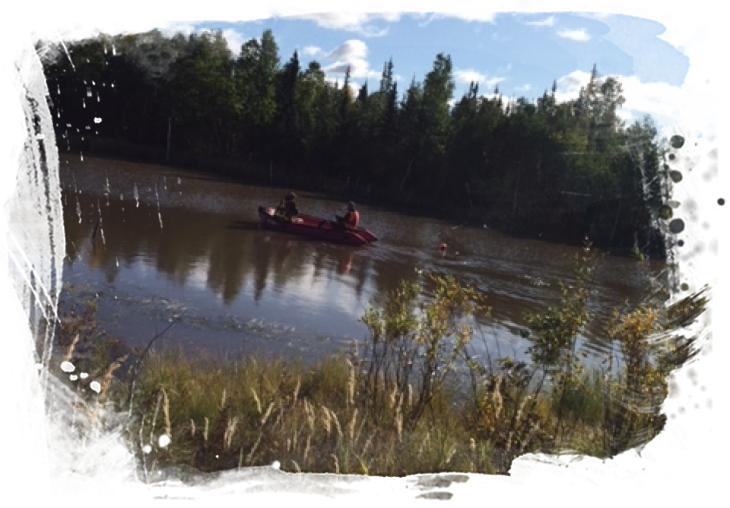This project was a collaboration between Diavik Diamond Mines and Dedats’eetsaa to document and apply traditional knowledge in Diavik’s Soil and Sampling Program. The program examined if dust from the mining activities are absorbed into the lichen and ingested by caribou, by sampling soil and lichen at specific distances from the mine site. The purpose of the traditional knowledge study was to assess the type of landscapes caribou prefer for forage, use and migration, and to assess the lichen conditions at the sample sites to investigate how dust from the mine potentially affect caribou use of the area.
The study assessed locations near the mine and at locations 30-40 kilometers from the mine site. The research showed that lichen around the mine site was in poor condition. Caribou will avoid using the area in close proximity to the mine as their migration route, as caribou recognize a difference in the lichen quality (by smell and taste). The area around the mine was an important location for the fall migration route, but caribou have decreased the use of this migration route, due to the poor forage conditions, and will travel to other areas with preferable forage. The lichen samples at most of the sample locations 30-40 kilometers from the mine site was in a normal condition. Caribou use and forage at these locations, but migration to these areas has been altered due to the reduced use of migration routes through the areas around the mine site. The study relied on specific Tłı̨chǫ words which describe caribou in relation to specific land formations and to the changing condition of caribou forage.
Project Team:
- Principal Investigator: Petter Jacobsen
- Research & translator: Rita Wetrade
- Elders: Joseph Judas, Harry Apples, Albert Boucher
- Partners: Diavik Diamond Mine



